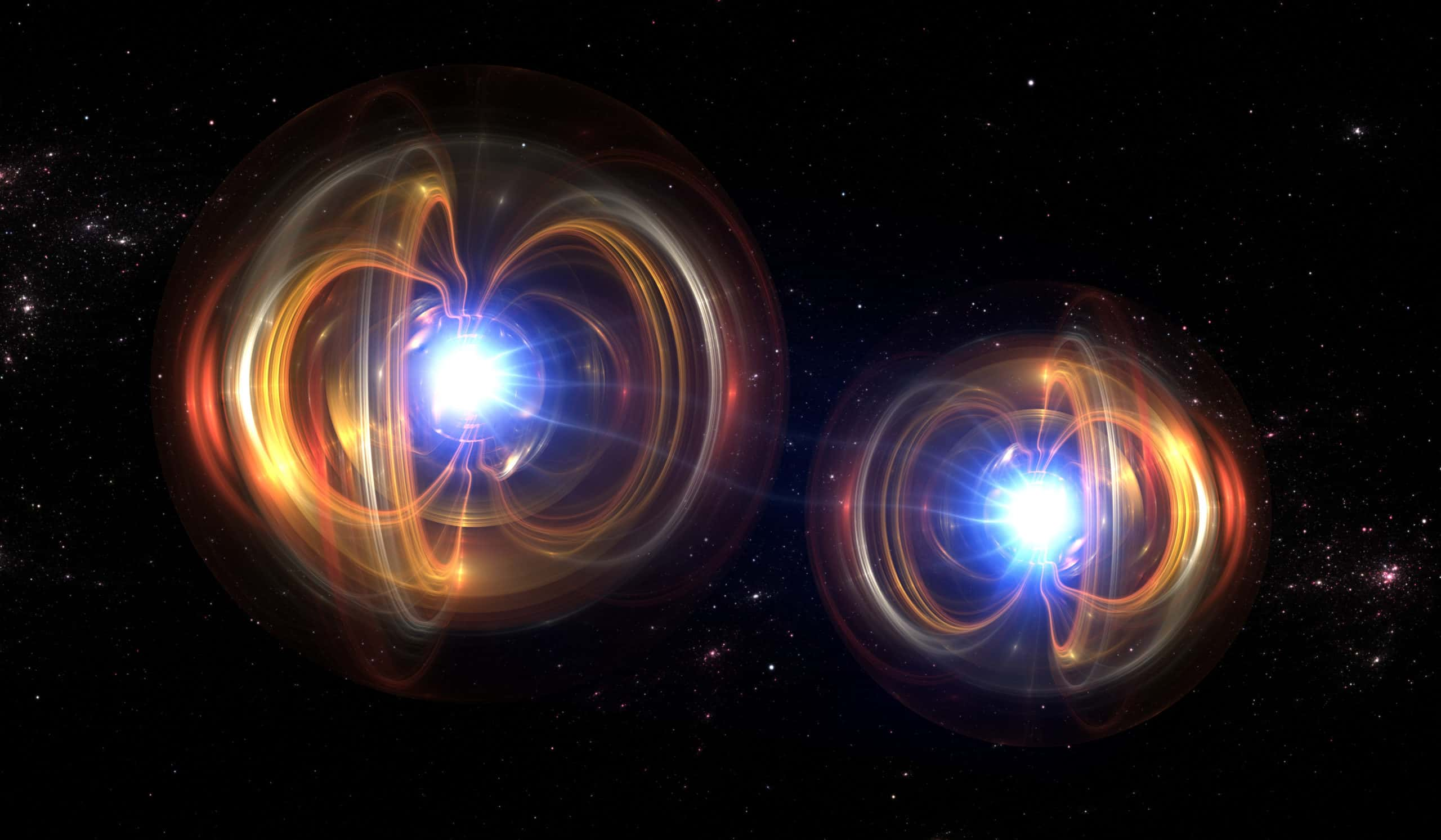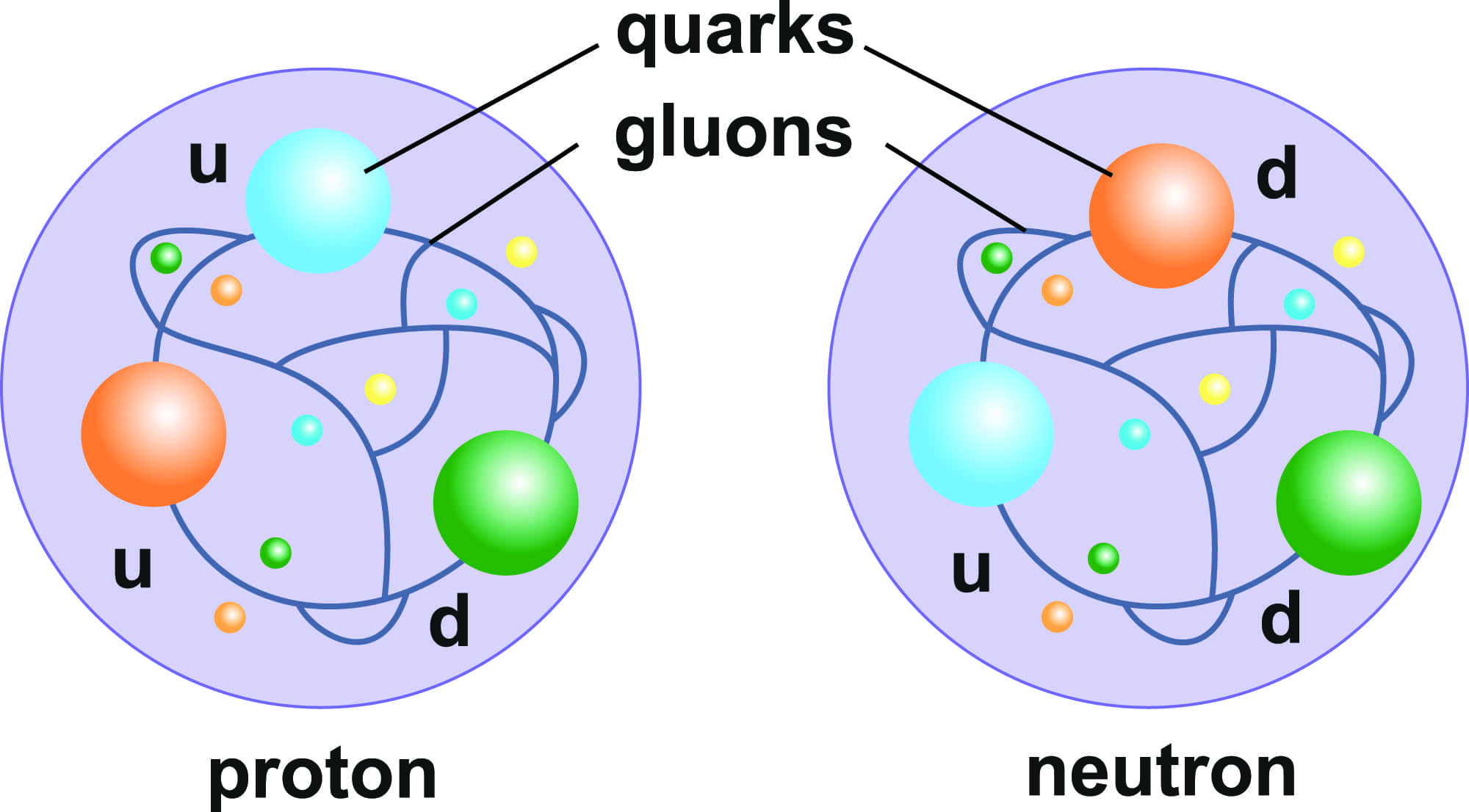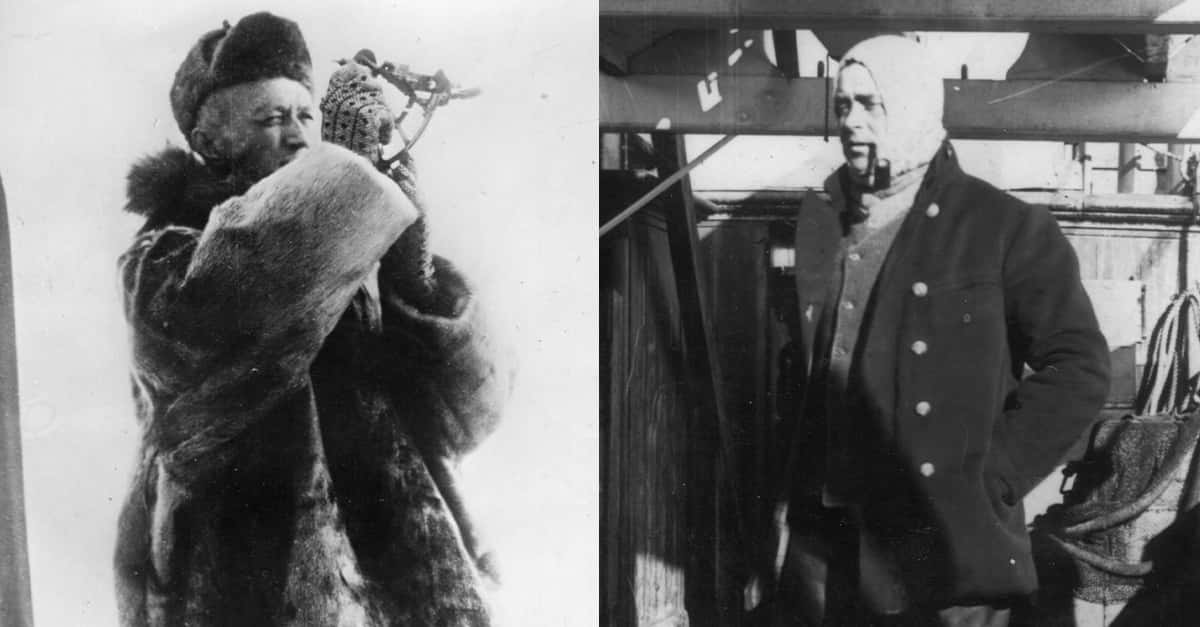If you cut a sandwich down the middle, you get two halves. Again, and you've got four quarters. But what if you keep going? Eventually, you must get to something you can't cut in half, right? What would that even be? When you get all the way to the bottom, what is everything made of?
Uncuttable
As far back as the 5th century BC, the Greek philosopher Democritus pondered this exact question. He came to the conclusion that if you keep dividing something in half over and over, you'll eventually get to something that can't be divided.
These infinitesimal specks, according to Democritus, fly around in a vacuum, constantly moving and bumping into each other. He dubbed the building blocks of everything atomos, Greek for "uncuttable."
For more than two millennia since Democritus thought up the atom, scientists have tried to better answer that fundamental question: What is everything made of? Democritus had it remarkably close. Atoms are real, but they aren't, as Democritus believed, "uncuttable"—though it would take 2,500 years for anyone to realize it.
But Wait, There's More!
Scientists have since figured out that Democritus was surprisingly close to the money. Atoms do exist; they fly around in a vacuum and they're constantly bumping into each other. But in 1897, a physicist named J. J. Thomson discovered something that threw a wrench into the works. What if atoms weren't the only things making up the world we live in?
While messing around with cathode ray tubes, J. J. Thomson realized that the beams he was creating weren't made of regular old radiation like light or radio waves. He proved that he was detecting tiny particles, 1,800 times lighter than a hydrogen atom. But wait, weren't atoms supposed to be the smallest things possible? Well, not quite. We have to go deeper.
Thomson had discovered the negatively charged electron, an all-new type of particle. Scientists had been refining atomic theory for centuries, and now we'd discovered something that shouldn't have existed—and it led to a new question. If the electron was so much smaller than the atom, maybe the atom isn't the end of the rabbit hole after all.
Splitting The Atom
In the years following Thomson's discovery, we got a better and better understanding of the atom's behavior. Using mathematics and real-world experimentation, physicists studied these fundamental particles. They soon realized that the centuries-old idea of the "uncuttable" atom couldn't possibly be true.
Mass spectrometers allowed us to measure the mass of atoms, and things weren't adding up. The only way experimental data made sense was if atoms were made up of two kinds of particles: One positively charged, and one neutral. The charged particle became known as a proton, and in 1932, James Chadwick detected the neutron for the first time.
Scientists had finally done what alchemists had been trying to do for centuries: They changed one element to another. Sure, we hadn't quite turned iron into gold, but by firing charged particles at beryllium atoms, they managed to break the bonds of the nucleus, splitting proton from neutron for the first time, and creating trace amounts of entirely different elements. The uncuttable atom had been cut—but we still have deeper to go.
Pandora's Box
Unfortunately, the discovery of the neutron pointed scientists straight at a terrible discovery: The atomic bomb.
We'd discovered we could split an atom: nuclear fission. Even more, we discovered that the bonds holding atoms together contained a lot of energy. Experiments continued, and eventually, Leo Szilard learned that, if you broke just the right atom in just the right way, it could begin a chain reaction that would release an enormous amount of energy. He'd discovered the foundation of the nuclear bomb.
The United States dropped two on Japan, killing over two hundred thousand people, just 11 years later.
But we still haven't found the answer to "What is everything made of?" Democritus's beautifully simple atomos was inspired—but the truth, as always, ended up being much more complicated.
Now that we're going past the atom, we're really down in the muck. Thankfully, that muck has a nice and easy-to-grasp name: The Standard Model. But don't let the boring name fool you—it couldn't be more complex.
The End Of The Line
The Standard Model of particle physics is by far the best scientific theory that we've come up with to date. It divides everything—and I mean everything—into 17 fundamental particles and four fundamental interactions.
The Standard Model finally gets us to the end of the rabbit hole. It describes "quarks," which make up protons and neutrons, and the "gluons" that hold them together. It also describes...just about everything else. Electrons? Standard Model explains it. Light? Standard Model explains it. That fancy particle you may have heard of called the Higgs Boson? You guessed it.
No Easy Answers
When I first started my search for the answer to "What is everything?", I hoped for an easy answer just like Democritus. It would be wonderful if everything could be boiled down to something as simple as an atom. But when we go down this rabbit hole, only one thing is clear: Things could not be more complicated.
I can tell you that atoms are made up of quarks, that form neutrons and protons, that form atoms, that form molecules...that eventually turn into that sandwich we started with. Maybe it'll help you at bar trivia sometime. But it turns out the universe is way more complex than we like to think. We've reached the bottom of the rabbit hole, and it's a maze down here.
If you want to understand more, you'd better bone up on your mathematics, because you're going to need it. Or you, like me, can be happy with the bar trivia version.
















